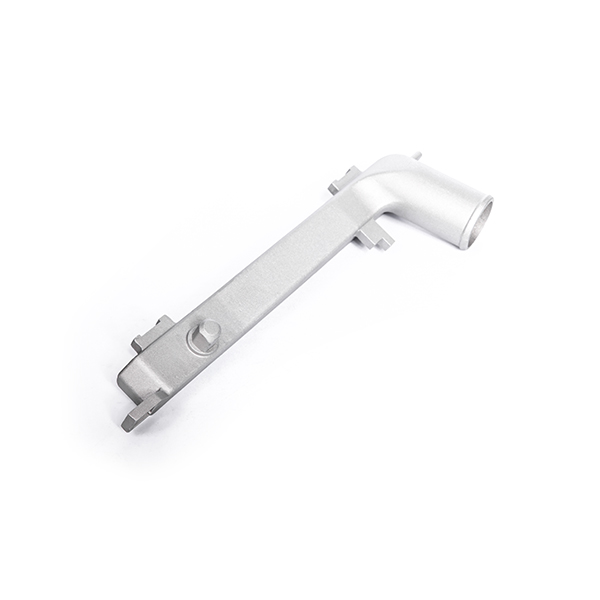Mobile:+86-311-808-126-83
Email:info@ydcastings.com
Exploring Techniques and Innovations in Bronze Casting Mold Creation and Design
The Art and Science of Bronze Casting Molds
Bronze casting is a time-honored technique that dates back thousands of years, known for producing intricate sculptures, coins, and various decorative items. At the heart of this process lies the mold, an essential component that shapes the molten bronze into desired forms. Understanding the intricacies of bronze casting molds is crucial for both artists and craftsmen.
The process typically begins with the creation of a model, which can be made from various materials such as clay, wax, or even metal. This model serves as the prototype for the mold. In traditional lost-wax casting, the wax model is coated in a heat-resistant material to create the mold. Once the coating hardens, the wax is melted and drained away, leaving a cavity that mirrors the original model. This method allows for exceptional detail and is favored for smaller, intricate works.
In contrast, sand casting is another prominent technique used in bronze casting. Sand molds are created by packing sand around the model, often with the help of binders to increase the mold strength. This method is particularly effective for larger pieces and is widely used in industrial applications. The sand mold can be reused multiple times, making it a cost-effective option for mass production.
bronze casting mold

The choice of mold significantly affects the final product. For example, the surface texture of the mold will influence the finish of the bronze piece. A finely detailed mold will yield a smoother bronze surface, while a more textured mold can add character and depth to the finished product. Additionally, the material of the mold affects heat retention and cooling rates, which are crucial for achieving specific attributes in the bronze casting.
After the mold is prepared, molten bronze, typically an alloy of copper and tin, is carefully poured into the cavity. The temperature of the molten bronze can reach over 1,000 degrees Celsius, requiring careful handling and safety precautions. Once the bronze cools and solidifies, the mold is broken away to reveal the final object. The finishing touches, such as polishing, patination, and adding details, can then be applied to enhance the work's visual appeal.
In conclusion, bronze casting molds are pivotal in transforming raw materials into artistic creations. The techniques involved, be it lost-wax or sand casting, highlight the blend of artistry and science essential to this craft. Each mold not only influences the aesthetics of the final product but also reflects the skill and vision of the artist, making bronze casting a fascinating and enduring form of art.
-
Understanding Metal Casting TechniquesNewsApr.02,2025
-
Understanding Exhaust Manifolds for Enhanced Engine PerformanceNewsApr.02,2025
-
The World of Metal FabricationNewsApr.02,2025
-
Key Components for Pump and Turbo EfficiencyNewsApr.02,2025
-
Essential Tools for Automotive Maintenance and RepairNewsApr.02,2025
-
Durable Valve Components for Effective Water ManagementNewsApr.02,2025











